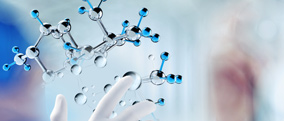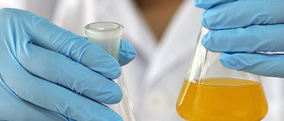Sodium borohydride
Sodium borohydride is an inorganic substance with a chemical formula of NaBH4. It is white to off-white fine crystalline powder or lumps. It has strong hygroscopicity. Its alkaline solution is brownish yellow. It is one of the most commonly used reducing agents. Soluble in water, liquid ammonia and amines. Easily soluble in methanol, slightly soluble in ethanol and tetrahydrofuran. Insoluble in ether, benzene and hydrocarbons. It is stable in dry air, decomposes in humid air, and also decomposes when heated at 500°C.











 Mobile version
Mobile version Follow us
Follow us